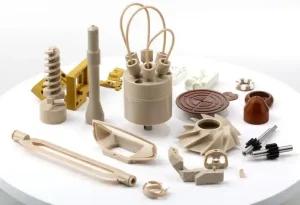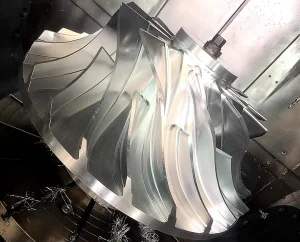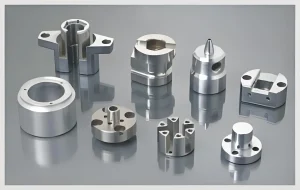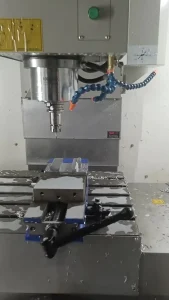Metal bending is a crucial manufacturing process used in various industries. It involves reshaping metal materials to achieve desired angles and curves. This technique enhances the functionality and aesthetics of metal products. In this article, we will explore the key applications of metal bending and how it impacts different sectors.
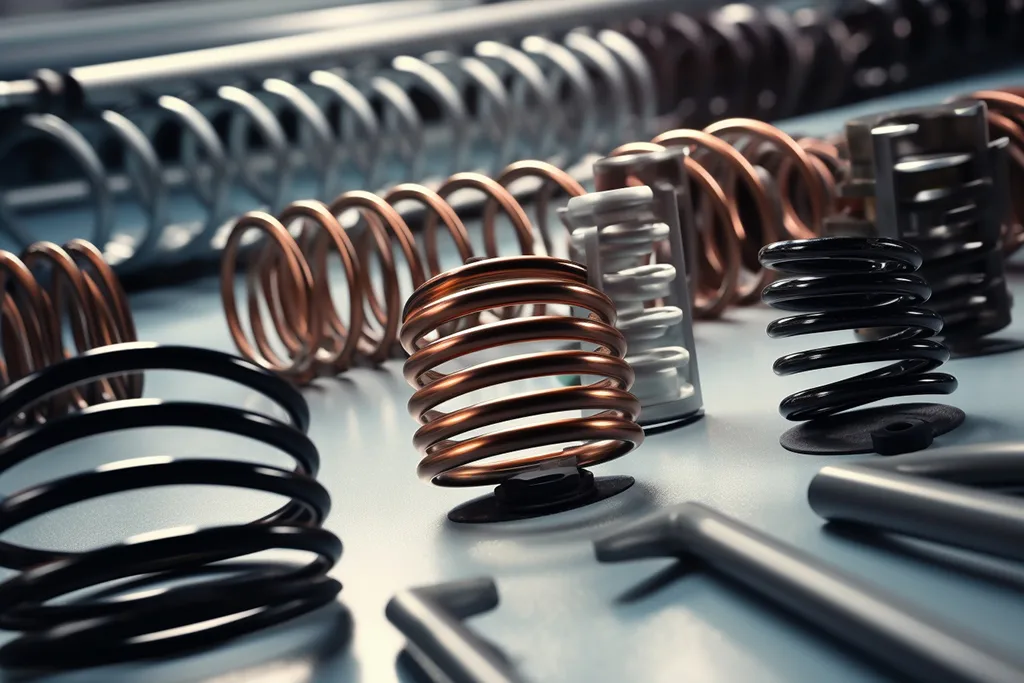
1. Automotive Industry
The automotive industry is one of the largest users of metal bending. Manufacturers use this process to create various components, including frames, chassis, and exhaust systems. Metal bending allows for lightweight designs, which improve fuel efficiency.
Moreover, precision is vital in automotive parts. Bending techniques ensure that components fit together perfectly, enhancing safety and performance. For example, bent metal parts contribute to the structural integrity of vehicles, protecting passengers in case of an accident.
2. Construction and Architecture
Metal bending plays a significant role in construction and architecture. It is essential for creating structural supports, railings, and decorative elements. Bending metal allows architects to design unique shapes and structures that are both functional and visually appealing.
In commercial buildings, curved metal canopies and facades add aesthetic value. Metal bending also enables the construction of sturdy frameworks, ensuring buildings can withstand environmental stresses. As a result, this process contributes to both safety and design innovation in the construction industry.
3. Aerospace Sector
The aerospace sector heavily relies on metal bending for manufacturing aircraft components. Parts such as wings, fuselage sections, and landing gear often require precise bends. The lightweight and durable nature of bent metal improves aircraft performance and fuel efficiency.
Additionally, aerospace components must meet strict safety standards. Metal bending allows manufacturers to create parts that fit seamlessly, reducing the risk of structural failure. The accuracy achieved through bending techniques is critical in ensuring the safety of both passengers and crew.
4. Furniture Design
Metal bending is also popular in furniture design. Designers use this technique to create stylish and functional pieces, such as chairs, tables, and shelves. Bending metal allows for innovative shapes that enhance the aesthetics of furniture.
Furthermore, bent metal furniture often has a modern and sleek appearance. This trend aligns with contemporary design preferences, making it a popular choice among consumers. The combination of durability and style makes bent metal furniture a favorite in both residential and commercial spaces.
5. Industrial Equipment
Metal bending is essential in producing industrial equipment. Many machines require bent metal parts for optimal functionality. Examples include conveyor systems, brackets, and housings.
The accuracy of bent metal components ensures that machines operate smoothly. Misaligned parts can lead to breakdowns and costly repairs. Therefore, metal bending contributes to the reliability and efficiency of industrial operations.
6. HVAC Systems
Heating, ventilation, and air conditioning (HVAC) systems utilize metal bending extensively. Ductwork often requires precise bends to ensure efficient airflow. Metal bending allows for the creation of smooth transitions, which minimizes air resistance.
In addition, bent metal ductwork saves space and improves installation flexibility. This adaptability is essential in both residential and commercial buildings, where design constraints may limit options.
Conclusion
In conclusion, metal bending is a vital process with diverse applications across various industries. From automotive and aerospace to construction and furniture design, its impact is significant. The ability to create precise and functional shapes enhances product performance and aesthetics.
As technology advances, the methods and capabilities of metal bending continue to improve. Manufacturers can achieve greater precision and efficiency, further expanding the applications of this technique. Understanding the various uses of metal bending can help businesses and designers make informed decisions in their projects, ultimately leading to better quality products and innovative designs.

